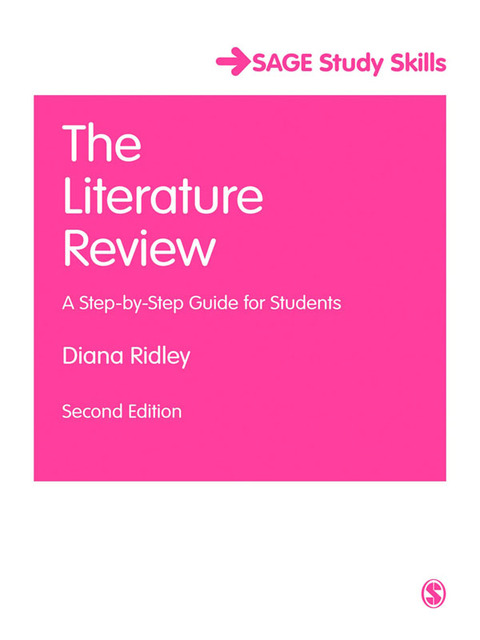Description
Efnisyfirlit
- Cover Page
- Title
- Copyright
- Contents
- List of tables and figures
- Acknowledgements
- About the author
- 1 Introduction
- What is a literature review?
- The literature review at different degree levels
- Why is it important to undertake a literature review as part of your research?
- Where do we find the literature review in a dissertation or thesis?
- Structuring your literature review
- Task 1.1 Choosing a literature review approach
- Summary
- Overview
- 2 The multiple purposes of a literature review
- The multiple purposes
- Historical background
- Contemporary context
- Theoretical underpinnings
- Definitions and discussion of terminology used in the research
- Signalling a gap in previous research and using this to justify your own
- The significance of a problem for research
- Task 2.1 Reflecting on your own research
- Summary
- 3 Sources of information and conducting searches
- What is a literature search?
- What are the purposes of a literature search?
- Sources of information
- Evaluating online sources of information
- Different types of research
- Tools for finding relevant sources
- The process of conducting a literature search
- The use of key words and Boolean logic
- Keeping up to date: RSS feeds and email alerts
- Social bookmarking
- Task 3.1 Tracking and recording your search
- Summary
- 4 Reading and note-taking strategies
- Techniques for reading efficiently
- Critical reading
- Increasing your reading speed
- Reasons for note taking
- Techniques for note taking
- Three main formats for note taking
- Your own comments
- Handwritten notes vs computer notes
- Making connections between different texts: using key words
- Making connections between different texts: a tabular comparison
- Techniques for writing a summary
- Task 4.1 Applying the principles to your field
- Summary
- 5 Reference management: keeping records and organising information
- Managing the process
- A record of key word searches
- A record of bibliographic details
- A personal library
- Copyright legislation
- Bibliographical software packages
- Task 5.1 Record keeping for your own research
- Summary
- 6 Structuring the literature review
- The processes involved in the creation of a literature review
- Beginning to write
- The structure of the literature review
- Developing the structure of your review
- Task 6.1 Structuring your own literature review
- The relationship between the introduction and the literature review
- Task 6.2 Reflecting on your own research field
- Summary
- 7 In-text citations
- Why do we reference?
- What is plagiarism?
- What type of information requires a reference?
- Referencing systems
- Integral and non-integral references
- Disciplinary difference in reference type
- Types of citation
- Disciplinary difference in citation type
- Choice of reporting verb
- Disciplinary difference in reporting verbs
- Tense of reporting verb
- Choice of tense in the clause or sentence where the information is reported
- Effective and unacceptable citations
- Text matching software: Turnitin
- Task 7.1 Analysing reference techniques in your own research field
- Summary
- 8 Being critical
- The difference between critical reading and critical writing
- Being critical in writing
- How different researchers adopt a critical approach in their writing
- Task 8.1 Critical writing in your own research field
- Summary
- 9 Foregrounding writer voice
- What is writer voice?
- The organisation of the text
- Unattributed assertions followed by support from citations
- Making explicit connections between citations
- Summary and evaluation of source material
- Overall summary at end of section or chapter
- The use of personal pronouns
- The choice of citation pattern
- The evaluative potential of different reporting verbs
- Evaluative adjectives, adverbs and phrases
- A mixture of evaluative strategies
- Task 9.1 Reflecting on the writer’s voice in your own research
- Summary
- 10 The continuing process
- The literature review process
- Referring to the literature in your discussion chapter
- Task 10.1 Reflecting on making the connections in your own research
- Findings support an existing theory
- Comparing a new model and an existing theory
- Explaining a finding using the literature
- Contribution of current research to existing theory
- Interpreting the data using the literature
- Application of theory to the findings
- Summary
- 11 A systematic literature review
- What is a systematic literature review?
- The process of conducting a systematic literature review
- What is a meta-analysis?
- Narrative synthesis
- An example of a systematic review
- Appraisal of a systematic literature review
- Task 11.1 Searching for and critiquing a systematic literature review in your field
- Summary
- Further reading
- Conclusion
- Electronic guides
- References
- Index







Reviews
There are no reviews yet.